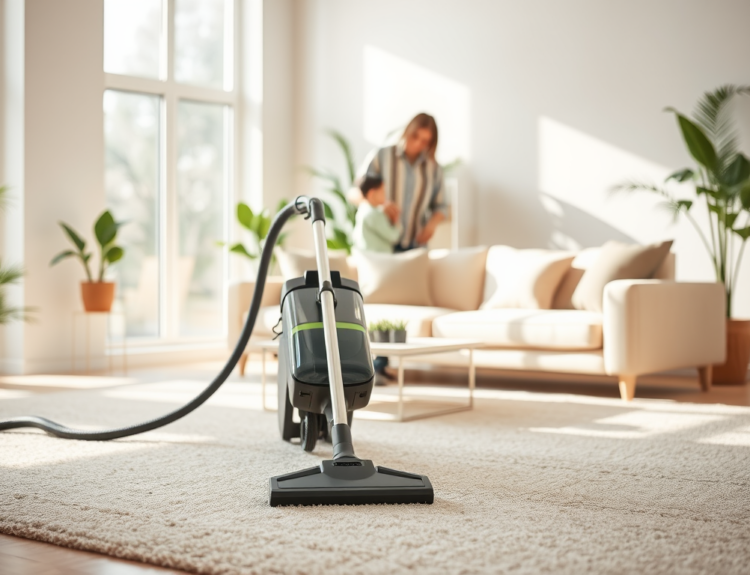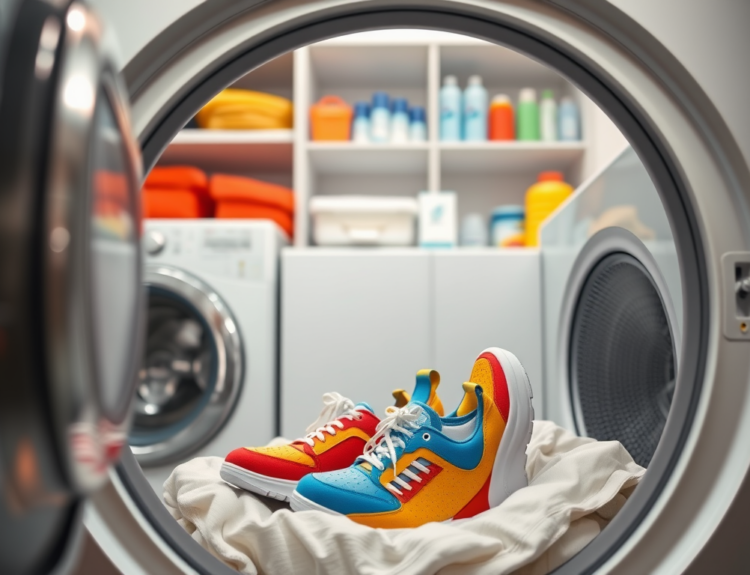The health of your washing machine largely depends on how well you keep its various parts clean, especially the compartments that frequently interact with detergents and softeners. Over time, soap scum, detergent drawers’ remnants, and softener dispensers accumulate a sticky residue. This not only hampers the efficiency of your wash cycles but could also become a breeding ground for bacteria and mold.
Maintaining your detergent dispensers doesn’t have to be a tedious task. Identifying signs it’s time to clean your dispenser is essential. You might notice detergent not dispensing correctly, an unpleasant smell coming from the dispenser drawer, or visible soap residues and mold inside the drawer. When any of these signs occur, you’ll know it’s time to roll up your sleeves and give your dispenser a thorough cleaning.

Preparing for the Cleaning Process
Before diving into the cleaning frenzy, let’s talk safety first. Unplugging your washing machine from the power source is a crucial step. Not only does it prevent any potential electrical hazards, but it also ensures that your machine will not inadvertently start a cycle while you’re working on it.
Next, you will need to gather your cleaning materials. Here’s what you might need:
- Soft-bristle brush or sponge
- Old toothbrush for hard-to-reach places
- Mild detergent or all-purpose cleaner
- White vinegar or bleach for disinfection (optional)
- Clean, dry cloth or paper towels
- Bucket or basin for soaking parts
Step-by-Step Guide to Cleaning Your Soap Dispenser
The heart of our mission begins with removing the dispenser drawer from the machine. On most washing machines, this is accomplished by gently pressing down on a release lever and sliding the drawer out. If your machine does not feature a quick-release mechanism, you might need to consult the user’s manual for instructions specific to your model.
Once you have the detergent drawer removed, fill a basin with hot, soapy water. Allow the drawer to soak in the solution, which will help dissolve and loosen the soap scum and buildup. After soaking, use a soft-bristle brush or sponge to gently scrub the drawer, paying extra attention to the nooks and crannies where detergent can gather. An old toothbrush can be invaluable for reaching into tight spaces.
As for the cavity where the drawer resides, it’s typically damp and dark—perfect for mold and mildew to thrive. Running water through the dispensing area with the drawer removed will help rinse away loose debris. For more persistent build-up, a mild cleaning solution and an old toothbrush might also do the trick.
| Step | Action | Tools |
|---|---|---|
| Step 1 | Unplug machine | — |
| Step 2 | Remove drawer | Release lever |
| Step 3 | Soak in water | Basin, hottest water |
| Step 4 | Scrub the drawer | Soft-bristle brush |
| Step 5 | Rinse cavity | Running water |
| Step 6 | Scrub cavity | Old toothbrush |
After dealing with lingering grime or buildup that water alone might not wash away, you can consider a mild all-purpose cleaner or a mixture of hot water and vinegar. Be mindful when using stronger agents like bleach; they are highly effective but will need to be thoroughly rinsed to prevent any unwanted residues.
Cleaning the nooks and crannies requires a bit of patience. It’s those hard-to-reach spots that often harbor the most buildup, so take your time and be thorough.employing a q-tip or a dedicated cleaning toothbrush can aid in accessing tight spaces that larger brushes might overlook.
Remember that the goal is not only to make the dispenser look clean but to ensure it functions properly. Soap that does not rinse out can clog the dispenser, which, in turn, affects the detergent release into the wash cycle.
The dispensing compartments are especially important to inspect. If you notice water not flowing smoothly during the rinsing cycles, it’s a sign that there could be a clog. Regularly cleaning the dispenser will help reduce the chance of this occurring, thus keeping your washing machine running as efficiently as possible.

Reassembling and Maintaining Your Soap Dispenser
Reassembling your washing machine’s soap dispenser is just as crucial as the cleaning process itself. Make sure the dispenser drawer and the cavity are completely dry before putting the drawer back in place. This will prevent any immediate mold or mildew from developing. Slide the drawer back in until it clicks into place, indicating it is secure.
Once your soap dispenser has been reassembled, it’s time to focus on maintaining its cleanliness. To avoid the build-up of detergent residues, you might consider using liquid detergents which tend to leave less residue than powders. Additionally, after each wash cycle, leave the dispenser drawer slightly open to allow air flow, which will help in keeping the area dry and less susceptible to mold growth.
Here are some simple tips for regular maintenance that will help keep your dispenser in top shape:
- Wipe down the dispenser drawer with a damp cloth after bulk purchases of laundry detergent to prevent residue from forming.
- Periodically run an empty wash cycle with just a cup of white vinegar or a washing machine cleaner – choose the hottest cycle available. This will help clear out any unseen residue within the lines and prevent odors.
Advanced Tips for a Thorough Clean
Sometimes your washing machine might require a deeper clean, especially if it hasn’t been maintained regularly. If you’re looking for an eco-friendly alternative, consider using natural cleaning solutions such as vinegar and baking soda. These natural cleaners are less abrasive and provide a gentle, yet effective, approach to removing soap scum and limescale.
In certain situations, you may find that home remedies and elbow grease just won’t cut it. This could also indicate a larger issue at hand, and it might be time to seek professional help. A certified appliance technician can provide a thorough examination and cleaning of your machine, ensuring all components are functioning correctly.

Conclusion
Cleaning your soap dispenser regularly is a critical aspect of washing machine maintenance that should not be overlooked. By following the step-by-step guide provided, you can ensure that your dispenser drawers are free of soap residues and your wash cycles are as effective as possible. The hints and tips outlined will not only extend the life of your machine but will also contribute to a fresher, cleaner laundry experience. Incorporating regular check-ups and cleaning routines can stave off potential malfunctions and costly repairs, proving that a little preventive maintenance goes a long way in home appliance care.
Frequently Asked Questions
How often should I clean my washing machine soap dispenser?
Ideally, you should clean your dispenser every one to two months. This frequency can vary based on your washing habits and the hardness of your water. If you live in an area with hard water or use your washing machine extensively, consider cleaning it more frequently.
Can I use vinegar to clean the dispenser?
Yes, white vinegar is an excellent cleaning agent for soap dispensers. It helps to dissolve soap residue and can even kill mildew and bacteria. Just be sure to rinse the dispenser thoroughly afterward to prevent any lingering vinegar smell.
What should I do if the dispenser is not removable?
If the dispenser is not removable, you can clean it by using a spray bottle filled with a cleaning solution to spritz the inside of the dispenser. Then, scrub with a small brush and rinse by running a wash cycle with the hottest water setting.
Is it safe to use bleach on my soap dispenser?
While bleach can be effective in cleaning and disinfecting, its use should be minimal and handled with care. Always dilute bleach with water and ensure that the area is well-ventilated. Rinse the soap dispenser thoroughly afterwards to remove any residual bleach.
Can a dirty dispenser affect my washing machine’s performance?
Absolutely. A dirty dispenser can become clogged, leading to detergent not being dispensed properly during wash cycles. This can result in clothes not being cleaned adequately, and in severe cases, it may cause malfunction of the washing machine. Regular cleaning will help ensure optimal performance.



